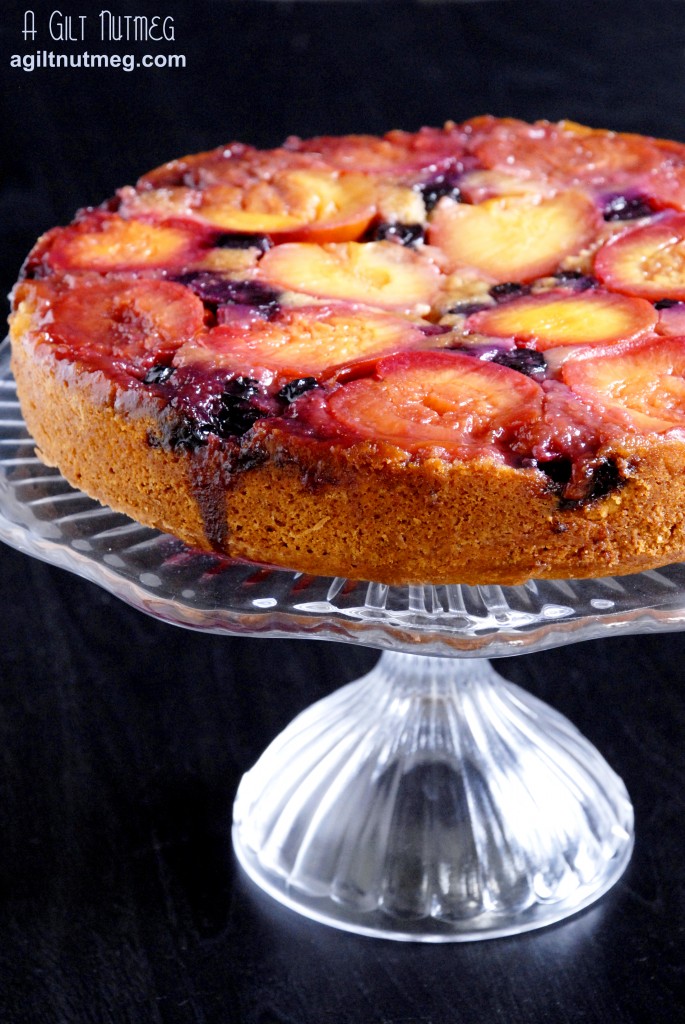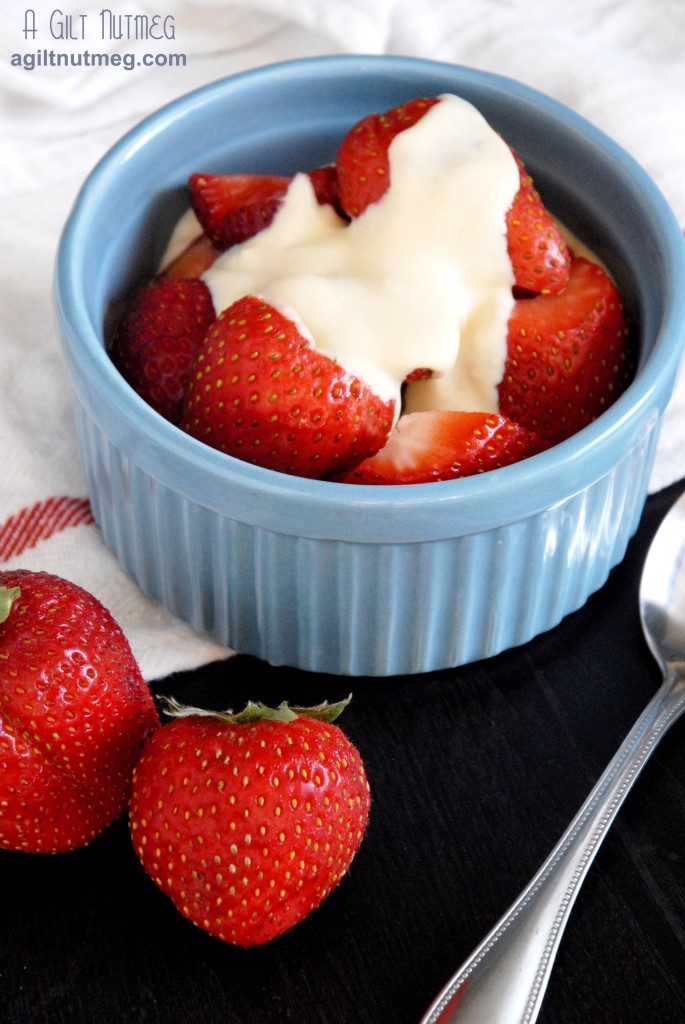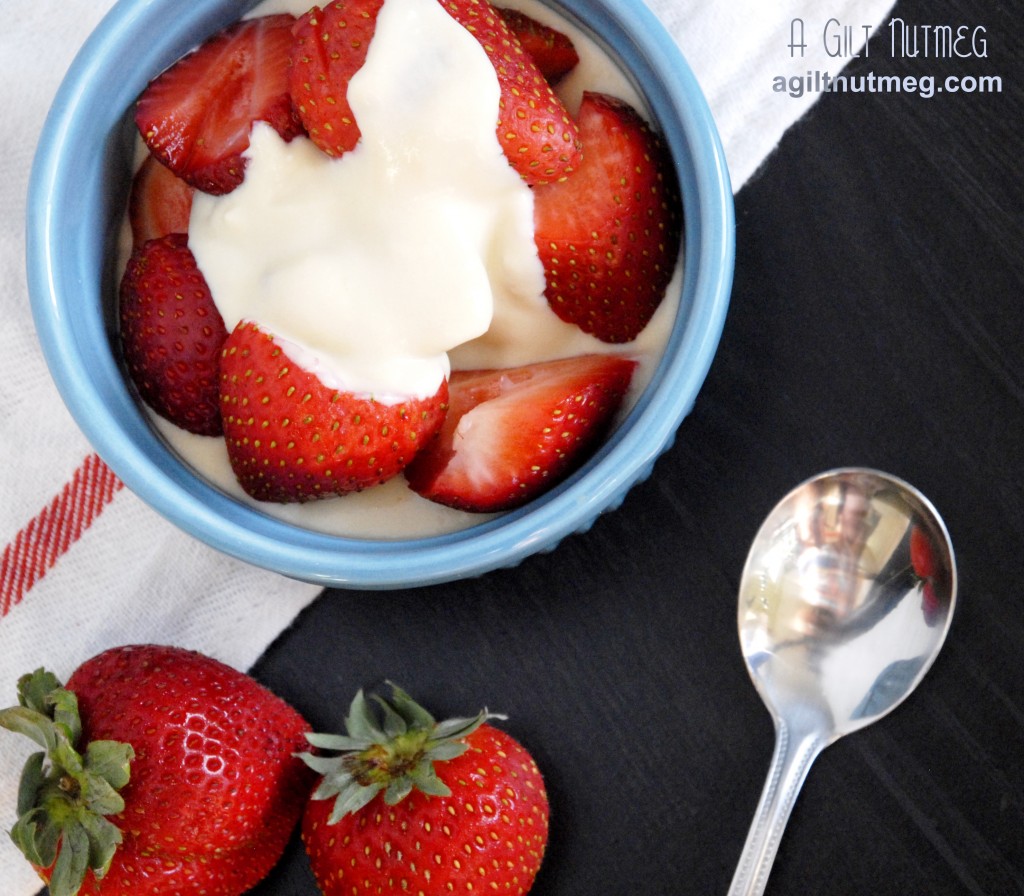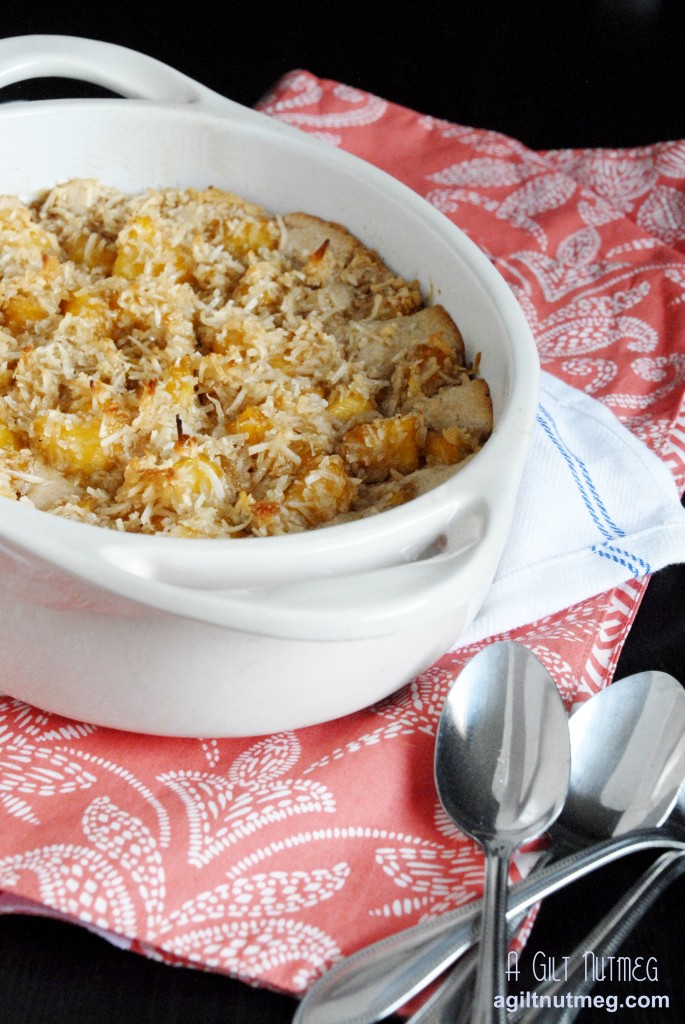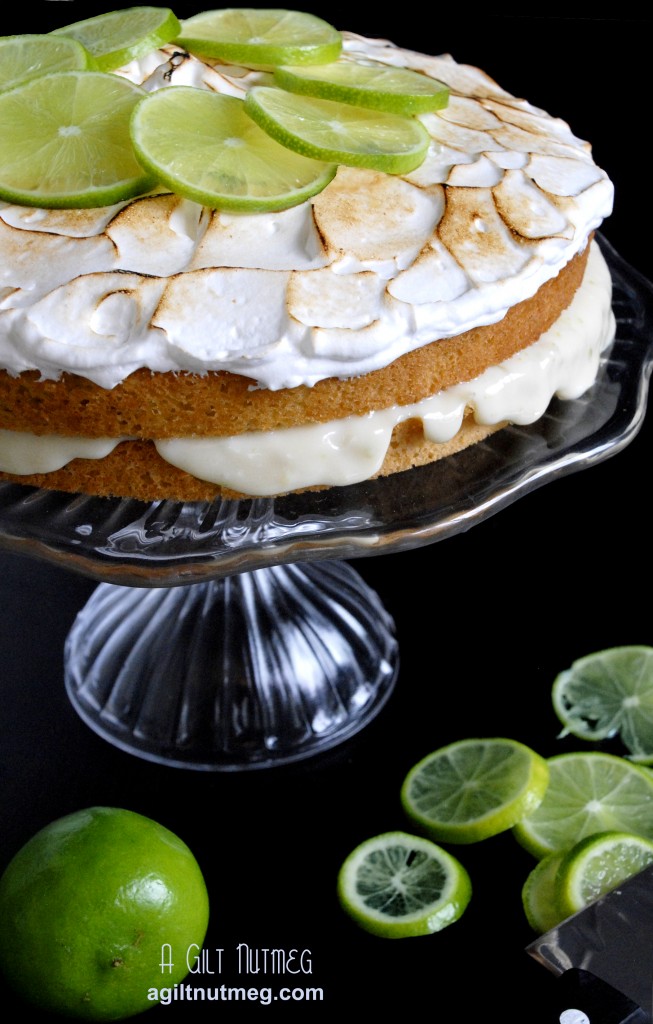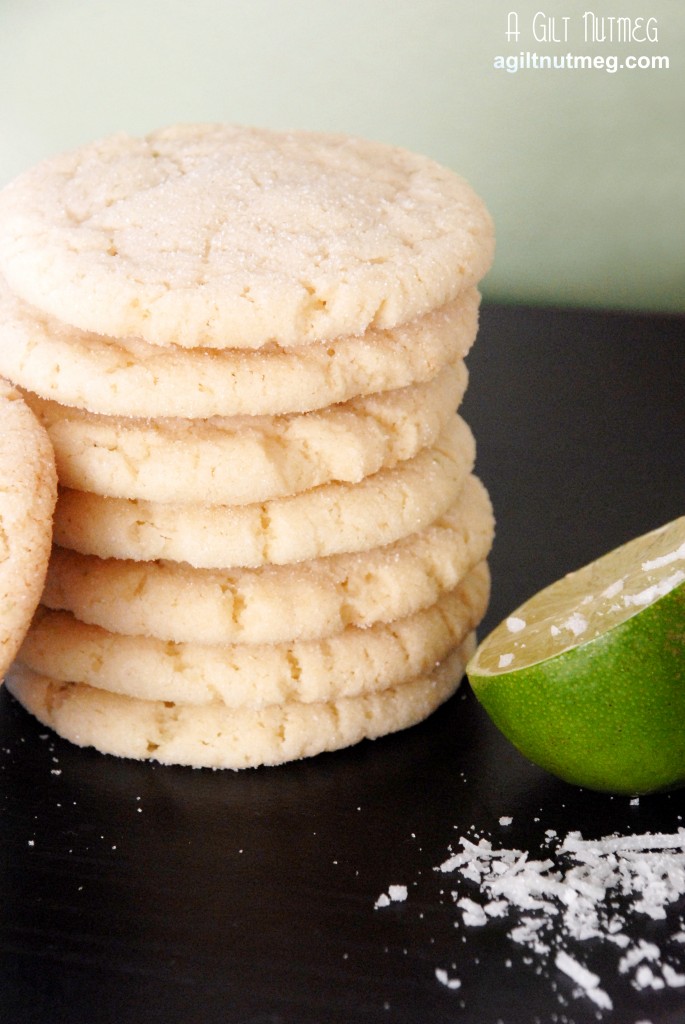
The more us bloggers explore new recipes, its more likely than not that we’ll find a new basic recipe that dethrones our favorite. Whether it’s chocolate cake or a standard frosting recipe, we love finding those little tweaks that someone discovered to make those every day recipes something outstanding. This is not one of those cases. Cooks Illustrated hands down has the best sugar cookie recipe I have ever found and no one has ever come close in comparison. Luckily, Cooks has a ton of great variations on the flavor, so I’m never tired of them.
You may remember the Chai-Spiced Sugar Cookies, one of my early blog posts. While those can’t be beat on a cold winter’s night, I think I may be also reaching for these for that instant taste of summer. They’ve got a great subtle tropical flavor—you’re definitely not hit over the head with the taste of sunscreen, yet somehow they still seem to transport you to a beach and a fruity drink with an umbrella in it.
Chewy Coconut-Lime Sugar Cookies
Barely adapted from Cooks Illustrated
Makes approximately 3 dozen
- 2 1/4 cups unbleached all-purpose flour
- 1/2 tsp baking soda
- 1 tsp baking powder
- 1/2 tsp table salt
- 1 1/2 cups sugar, plus 1/3 cup for rolling
- 2 ounces cream cheese, cut into 8 pieces
- 1/2 cup sweetened shredded coconut, chopped fine
- 1 tsp finely grated lime zest
- 6 Tbs (3/4 stick) unsalted butter, melted and still warm
- 1/3 cup vegetable oil
- 1 large egg
- 1 Tbs milk
- 1 Tbs lime juice
- Heat oven to 350 degrees and line 2 cookies sheets with parchment paper.
- In a medium bowl, whisk together the flour, baking powder, baking soda, coconut and salt and set aside.
- In a large bowl, add the 1 ½ cups of sugar, cream cheese and lime zest. Pour the warm butter over the mixture and whisk together until more or less smooth.
- Whisk in oil until fully incorporated, then whisk in the egg, milk and lime juice also until fully incorporated.
- Add the flour mixture to the large bowl and mix thoroughly.
- Put the last 1/3 cup of sugar into a cereal bowl and set up your little station on a large table—sugar bowl, a drinking glass, the cookie dough and the prepared baking sheets. Scooping up golf ball sized balls of dough, lightly roll them into a ball shape, roll them in the sugar until fully coated, then place on sheets 2” apart. When you have a full sheet, take the drinking glass and lightly press the balls until they’re 2” wide. They’ll still be at least a half inch thick. Sprinkle additional sugar over each flattened dough ball.
- Bake one sheet at a time for 13-15 minutes until the edges are just starting to brown (the cookies will look very pale overall). Cool them on the baking sheets at least 5 minutes, then move them to a wire cooling rack.
- Enjoy with milk or your favorite fruity tropical drink!



